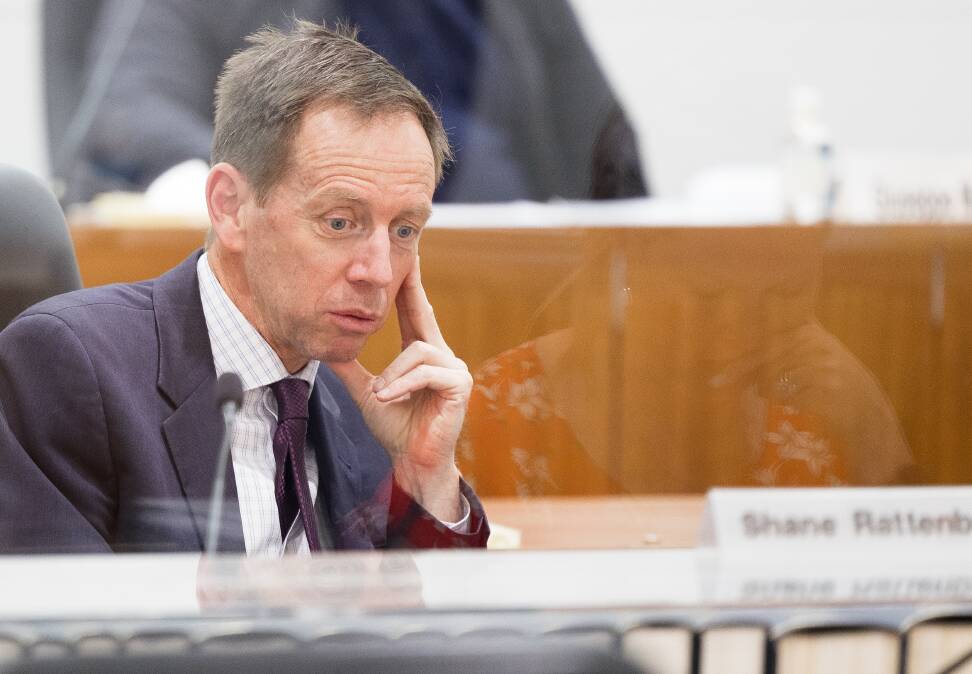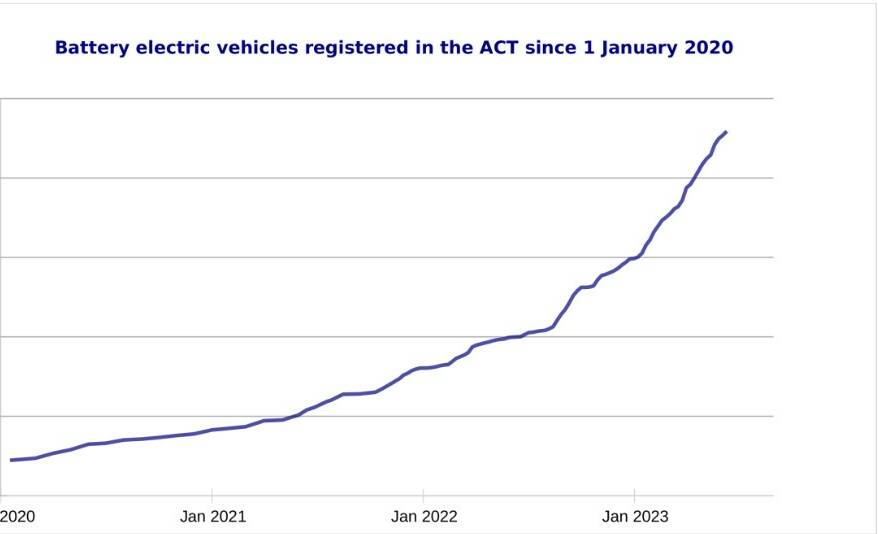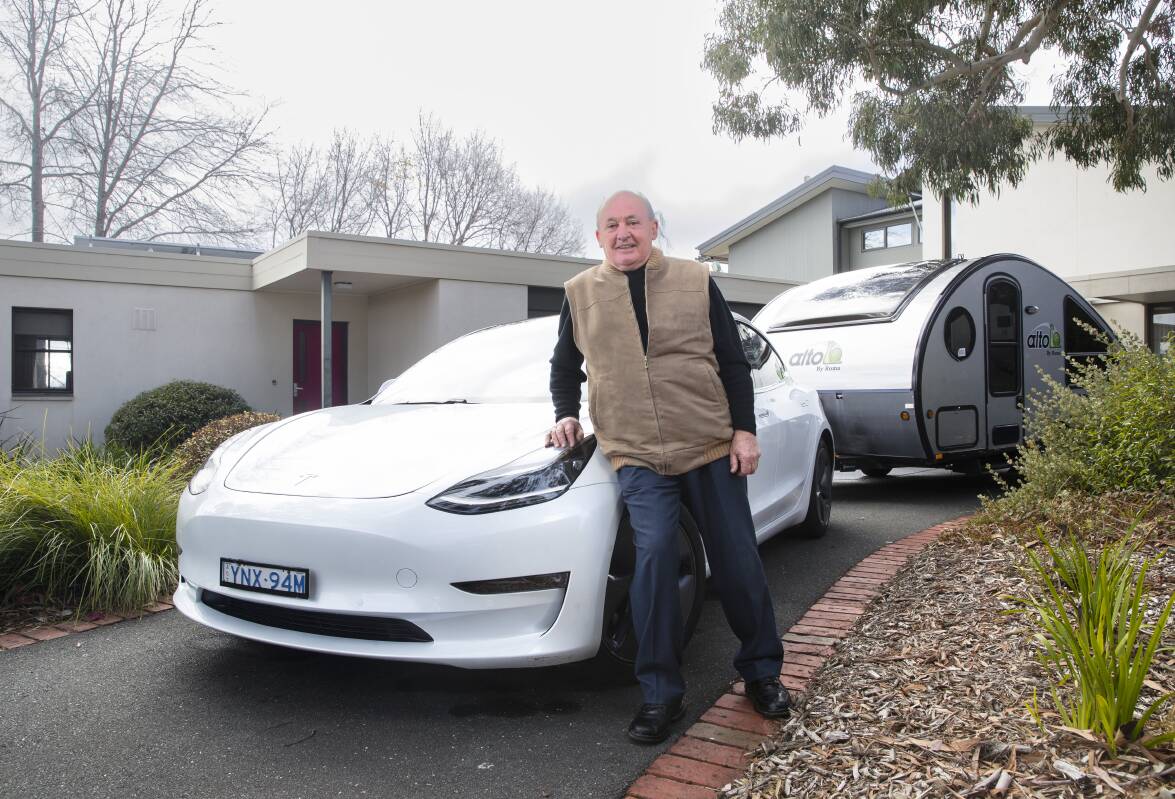The unexpectedly rapid uptake of electric vehicles in the ACT has prompted the territory government to seek fresh modelling on future electricity grid loads.
Canberra's rapid EV uptake has far outstripped the rest of the country, with the two available Tesla models - the Model Y and Model 3 - the runaway best-sellers in the territory in the first five months of this year.
Elsewhere in Australia, the two best-sellers were diesel-powered twin cab utes.
Tesla has delivered more than 1000 of its battery-electric cars into Canberra year to date and is on track to sell almost triple that number by the end of the year, while other battery electric vehicles from Polestar, BYD, MG and Cupra also on the surge.

Last month the federal Department of Finance confirmed that all 92 of its Comcars - the bulk of which are parked up overnight at the Dairy Rd, Fyshwick depot - will be switched over to electric BMWs in the months ahead. In the next few weeks, the Australia Electric Vehicle Association expects ACT registrations of EVs to top 5000.
The government last year commissioned a consultancy to model both the gas-to-electric transition and electric vehicle adoption. While those results found only a relatively modest effect on the grid, EV growth has ramped up further since then.

ACT Minister for Energy Shane Rattenbury admitted to the ACT Assembly committee inquiry into EV adoption on Thursday the government was "forecasting into an uncertain future" on grid loads.
The same inquiry was told in May the rapid uptake of electric vehicles could force the ACT's electricity grid to more than double in size over the next two decades, with Evoenergy seeking regulatory approval to spend an extra $90 million expanding the capacity of the grid over the next five years.
"There are a lot of variables in the equation in terms of the impact of the electrification of the city ... and electric vehicles on grid capacity, grid requirements and the like," Mr Rattenbury said.
"The extent of that impact is dependent on a number of factors including the times at which drivers charge their cars, the concentration of EVs in a particular geographical area, and of course, the rate of uptake of electric vehicles."

The major concern for Evoenergy, which provides much of the ACT's supporting electricity infrastructure, is the uncertainty on future demand and when that demand will hit the network.
Canberra's current peak winter electricity demand is in the early evening, which is also a time when EV owners would be driving home from work and plugging in at home.
More of this type of "convenience charging" would require more power infrastructure, the inquiry was told.
To avoid this added demand on the system, Mr Rattenbury has flagged potential distributor "interventions" to adjust charging behaviour which may be "regulatory software-based ... or even [through] pricing signals (tariffs)".
Fiona Wright, executive group manager of the government's climate change and energy directorate, described a need to "smooth out" the "lumpy" demand for electricity to achieve greater efficiencies and in doing so, potentially head off any significant extra investment needed for power infrastructure.
We've made it a whole lot easier for you to have your say. Our new comment platform requires only one log-in to access articles and to join the discussion on The Canberra Times website. Find out how to register so you can enjoy civil, friendly and engaging discussions. See our moderation policy here.







